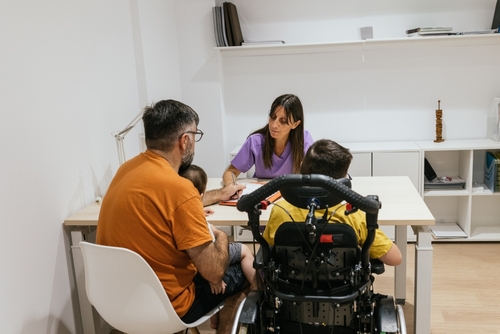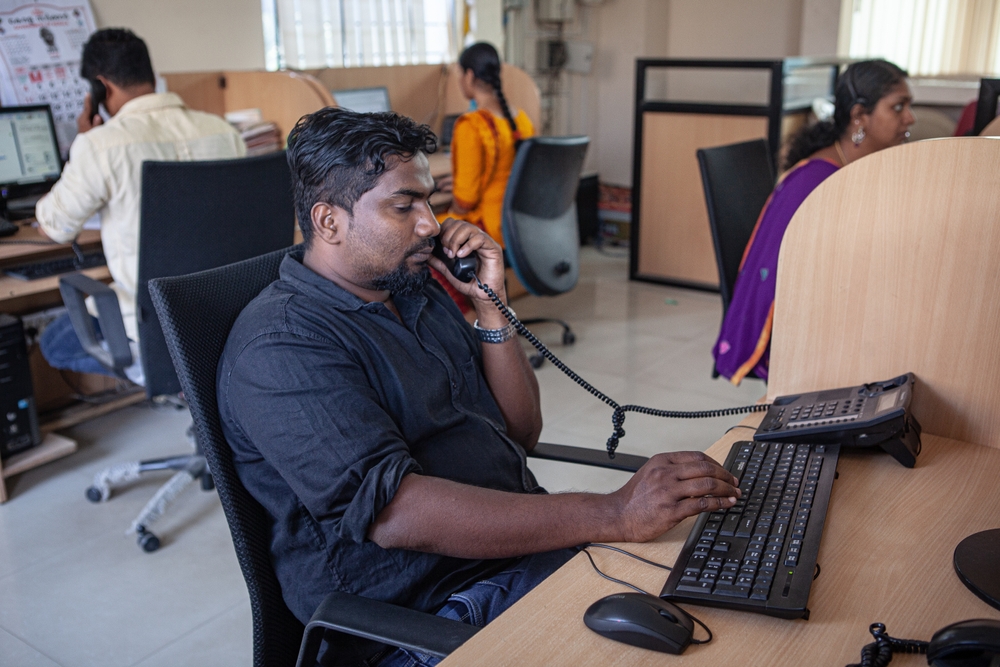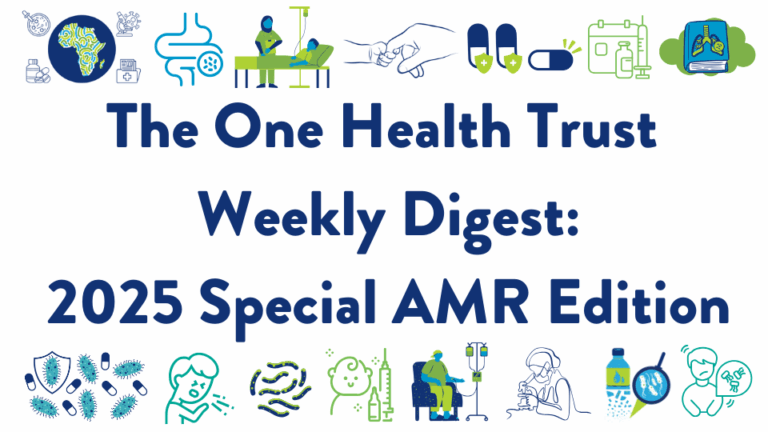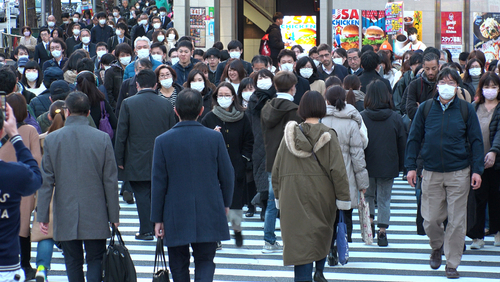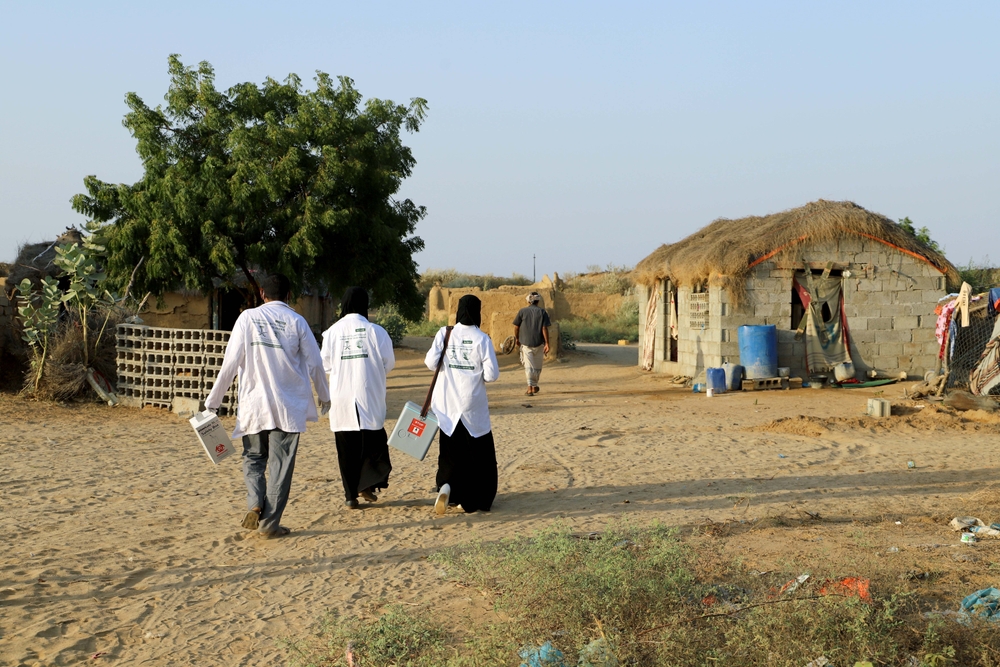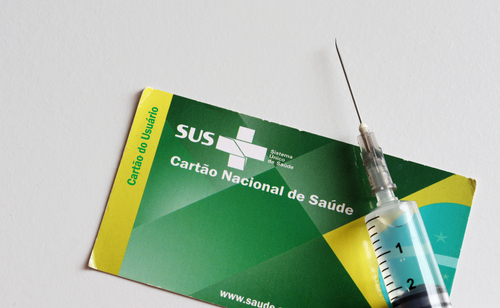August 05, 2024
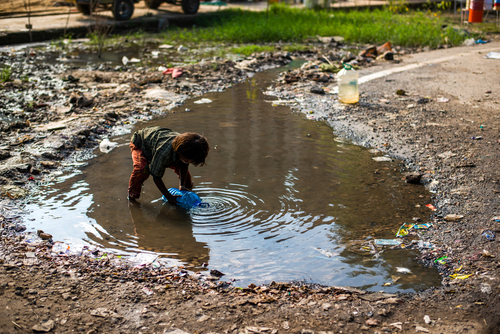
A call for local and global action on AMR
The 2024 Lancet Series on antimicrobial resistance (AMR) underscores the importance of addressing the issue locally and globally. The Lancet Series authors highlight that preventing infections from happening in the first place is a key measure to reduce the burden of AMR, especially in low-income countries. Coverage of the series in Zimbabwe illustrates these recommendations by reflecting on the drug-resistant cholera outbreak that the country endured between 2018 and 2019. To prevent future outbreaks, it is vital for the country to improve access to and infrastructure for water, sanitation, and hygiene. The upcoming United Nations General Assembly High-Level Meeting on AMR presents an opportunity to develop a feasible framework to address AMR. The Lancet authors propose ambitious but achievable 2030 targets that aim to reduce deaths related to AMR by 10 percent, antibiotics use in humans by 20 percent, and antibiotics use in animals by 30 percent (10-20-30 by 2030). [Chronicle]
Factors for HPV vaccination uptake for adolescent girls in China
A cross-sectional survey of mothers of girls aged 9 to 17 in Shenzhen, China, found that less than 20 percent of girls received at least one dose of the human papillomavirus (HPV) vaccine. Less decisional conflict about the choice of HPV vaccines for their daughters (adjusted odds ratio: 1.07), more satisfaction with the government’s HPV vaccine promotional materials (aOR: 1.15), receiving more cues to action from significant others (aOR: 1.23), and higher perceived self-efficacy related to HPV vaccines (aOR: 1.79) were associated with a higher uptake of HPV vaccines. [Vaccine: X]
Computer-aided tools for TB detection in high-prevalence settings
Computer-aided detection tools for tuberculosis (TB) were evaluated in a high TB and HIV prevalence setting. While threshold levels varied across the 12 studied tools, they all had a high level of accuracy but performed worse in older age groups and among individuals previously infected with TB. The varying threshold levels in different subgroups highlight the importance of selecting custom thresholds based on the characteristics of the screened population. [The Lancet Digital Health]
The critical need for universal health coverage to address the AMR problem.
With the United Nations (UN) High-Level Meeting on Antimicrobial Resistance (AMR) approaching in September 2024, UN Member States have been called upon by the Universal Health Coverage (UHC) Movement Political Panel to integrate steps towards achieving UHC in their response to AMR. Investing in high-quality primary healthcare systems, providing equitable access to vaccines and essential medicines, and supporting high-level governance on AMR through a One Health lens will ensure that no one is left behind in the fight against AMR. [The Lancet Global Health]
Stable antimicrobial agents persisted in broiler chicken feces at high concentrations.
An analysis of broiler chicken feces revealed that stable antimicrobials, such as doxycycline and enrofloxacin, remained in fecal samples at concentrations at or above the minimal selective concentration (the lowest antibiotic concentration needed to promote the growth of a resistant bacterial strain compared to a susceptible strain). In contrast, an antimicrobial more prone to degradation, amoxicillin, was present in the fecal samples at levels lower than the minimum selective concentration. These findings underscore the need to consider antimicrobial stability when developing antimicrobial stewardship programs and prioritizing antimicrobials. [Journal of Antimicrobial Chemotherapy]
Brazil’s commitment to One Health during its 2024 G20 presidency
Renewed national commitments to animal and environmental health in Brazil in the last year (including the establishment of the National Department of Animal Protection and Rights) have resulted in a 48 percent decrease in deforestation and mining in the Amazon region. Unprecedented public policy initiatives in the country ensured that during the massive flooding in southern Brazil in 2024, animals were included in the daily rescue lists alongside humans, and an emergency credit line was issued for municipalities to spend on animal shelters. Brazil’s presidency of the G20 in 2024 has also demonstrated the country’s recognition and advancement of One Health beyond the UN Sustainable Development Goals. [One Health]
Transmission characteristics of Streptococcus pneumoniae
A modeling study found that following the implementation of the pneumococcal conjugate vaccine (PCV), transmission of Streptococcus pneumoniae, the leading cause of pneumonia and meningitis worldwide, is slow and depends on local human mobility characteristics. However, in the years following vaccine introduction, the relative fitness of the non-vaccine type (NVT) strain (the strain not included in the vaccine) increased compared to that of the vaccine type (VT) strain, with a relative risk of 1.68. This, coupled with the finding that NVT-resistant strains were 1.30 times fitter than penicillin-susceptible NVT strains, suggests that antibiotic resistance may continue to persist after the initial vaccine-induced decline [Nature]
Shorter antibiotic courses can effectively treat respiratory tract infections.
While shorter antibiotic courses have been promoted for uncomplicated urinary tract infections since the beginning of the 21st century, increasing evidence has supported the administration of shorter antibiotic courses for most respiratory tract infections. However, to maximize treatment effectiveness, individual patient characteristics, including age and history of previous antibiotic use, must be considered. By decreasing the duration of an antibiotic course while ensuring effective treatment and symptom resolution, patients are less exposed to antibiotics, thus reducing the selective pressure for drug resistance. [eClinicalMedicine]
Mapping waterfowl-poultry interactions in Arkansas
Wild waterfowl serve as hosts to several infectious pathogens, including the highly pathogenic avian influenza virus (HPAIV). A modeling study assessed the risk for invasive waterfowl-poultry contact in Arkansas, United States (where urban and agricultural development is increasing) by comparing the density of poultry production sites to areas of habitat suitability for two invasive waterfowl species known to host HPAIV. Chicken house densities in areas highly suitable to both species were three to five times higher than the mean chicken house density in the rest of the state, indicating that spatial overlap drives species interaction and risk of disease spillover. [Ecology and Evolution]
Exploring barriers to WASH and housing access in urban slums
A scoping review identified limited infrastructure, gender norms, low financial resources, political exclusion, and environmental challenges as barriers to accessing water, sanitation, and hygiene (WASH) and housing among urban slum-dwellers in low- and middle-income countries (LMICs). These barriers disproportionately burden women and girls, highlighting the gender disparity in WASH and housing access in LMICs. Sustainable, community-led initiatives must consider the intersection of multiple social identity factors (such as gender, disability, and ethnicity) to effectively address inequitable access to WASH and housing. [Global Public Health]
Image from Shutterstock

